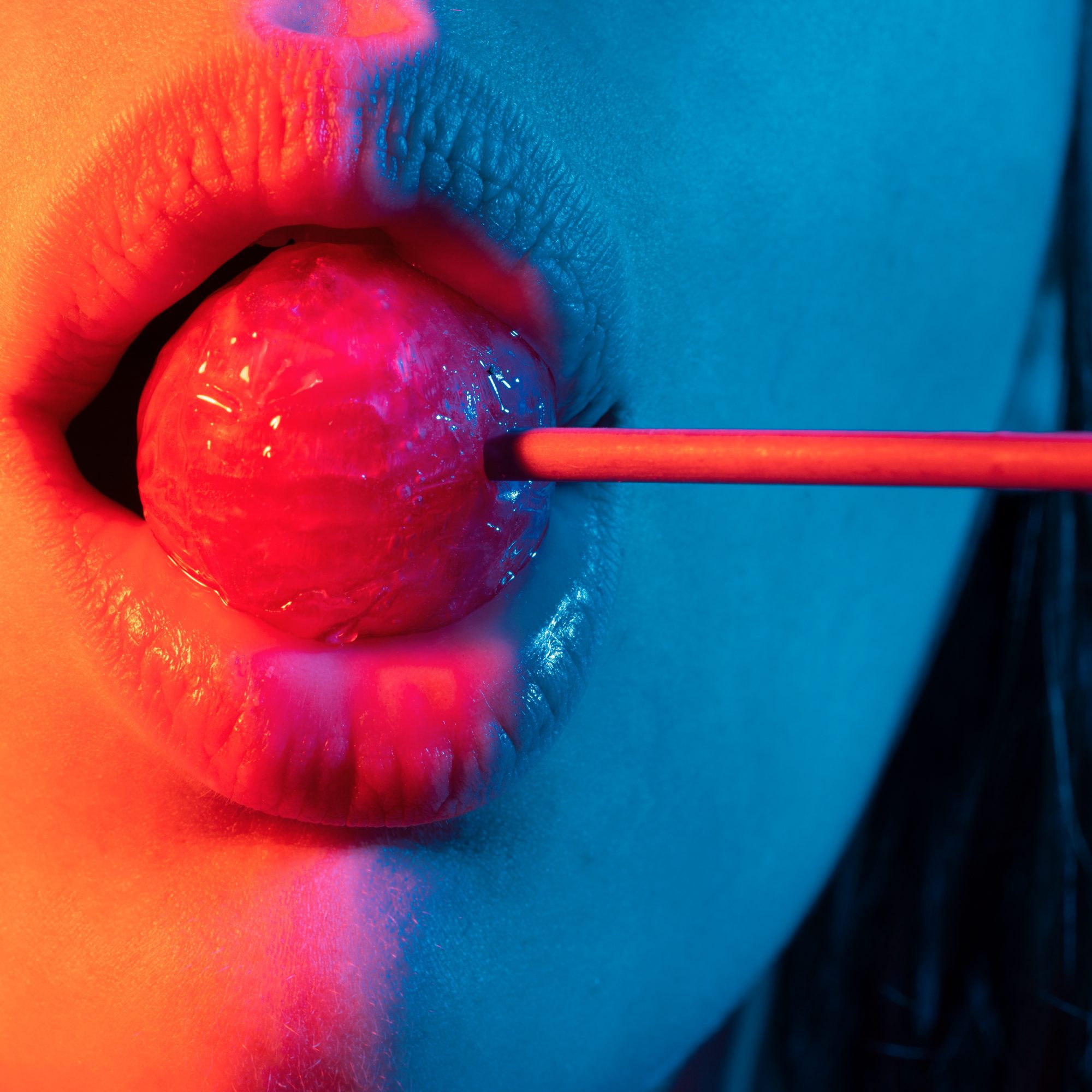An Unexpected Choice
Have you ever found yourself lingering at a crossroad, not between two locations, but between two visions? Picture this: a photographer, camera in hand, debates whether to capture the world in the stark reality of black and white or to embrace the full spectrum of life in vibrant color. It’s a choice that can fundamentally alter the narrative of an image, transforming the mundane into the extraordinary.
Choosing between a monochrome and color palette is more than a technical decision; it’s an artistic declaration. It’s akin to a painter deciding between charcoal and watercolors. Each option tells a different story, evokes different emotions, and reveals different details.
The Power of Monochrome
Monochrome photography, often synonymous with black and white, strips away the distraction of color to focus on contrast, texture, and composition. It’s a method that can imbue a photo with timelessness, simplicity, and a touch of mystery. Consider the way shadows play more dramatically, how textures become the protagonist, and how emotions seem to reach out from the frame, uncolored yet profoundly deep.
Yet, the decision to go monochrome shouldn’t be taken lightly. It demands a keen eye for detail and a deep understanding of light and shadow. It’s not merely removing color; it’s rediscovering the scene in gradients from white to black.
The Vividness of Color
On the other hand, color photography captures life in its most vivid form. It’s the world as most see it, full of hues and tones that can tell stories of their own. Colors can set a mood, define a character, or highlight a key element within the frame. They can whisper secrets about the time of day, the season, or the very essence of a scene.
Color demands attention. It requires a photographer to not only see but to feel the scene before them. To choose color is to embrace the chaos of life, to find harmony in the discordant, and to narrate a tale in every shade imaginable.
For those struggling to decide which path to walk, find inspiration for your photoshoot might just be the turning point. It’s a treasure trove of ideas where the dilemma between monochrome and color can find its resolution.
Emotional Resonance and Audience Engagement
The choice between monochrome and color also speaks volumes about emotional resonance and how an image is perceived by its audience. Monochrome photography, with its shades of gray, offers a universal appeal, often associated with timelessness and sophistication. It invites viewers to fill in the blanks, to engage more deeply with the texture and form, and to experience the image on a more intuitive level.
Color photography, by contrast, offers a direct line to the heart. The warmth of a golden sunset, the tranquility of a blue ocean, or the vibrancy of a bustling city street in full color can evoke instant emotional reactions. Color speaks a language that is at once familiar and profoundly impactful, capable of conveying complex narratives through visual cues alone.
The Technical Considerations
Technical considerations also play a crucial role in this choice. Monochrome photography can be more forgiving in terms of noise and grain, often enhancing the artistic quality of a photo. It allows for a focus on lighting and composition without the potential distractions of color mismatches or oversaturation. On the flip side, mastering color photography requires an understanding of color theory, balance, and the interplay of colors within a frame to create a cohesive and striking image.
It’s essential for photographers to consider not just the aesthetic appeal of monochrome versus color but also how these choices align with the message they wish to convey through their work. Whether seeking to express raw emotion, highlight a particular detail, or simply tell a story, the decision between monochrome and color is a powerful tool in a photographer’s arsenal.
Choosing Your Path
In the end, the journey between monochrome and color is a personal one, dictated by the photographer’s vision, the subject matter, and the intended message. It’s a decision that might change from one project to the next, highlighting the versatility and adaptability required in the art of photography. Some moments are captured in their purest form in black and white, while others demand the full spectrum of color to do them justice.
Experimentation is key. One might find that certain landscapes come alive under the nuance of monochrome, while portraits might benefit from the intimacy and warmth that color can provide. It’s through trial and error, through seeing the world through both lenses, that one can truly appreciate the strengths and limitations of each.
Final Thoughts
Photography, at its core, is about storytelling. Whether through the stark contrast of monochrome or the vivid narratives of color, each photograph is a chapter in a larger tale. The choice between monochrome and color is not just about aesthetic preference but about how best to communicate the essence of the subject.
As photographers continue to explore the boundaries of their craft, they’ll find that the decision between black and white and color is not a limitation but an opportunity—an opportunity to see the world in a new light, to challenge perceptions, and to bring stories to life in the most compelling way possible.
So, what will your next story be? Will it whisper in shades of gray, or will it shout in a burst of color?


0 Comment